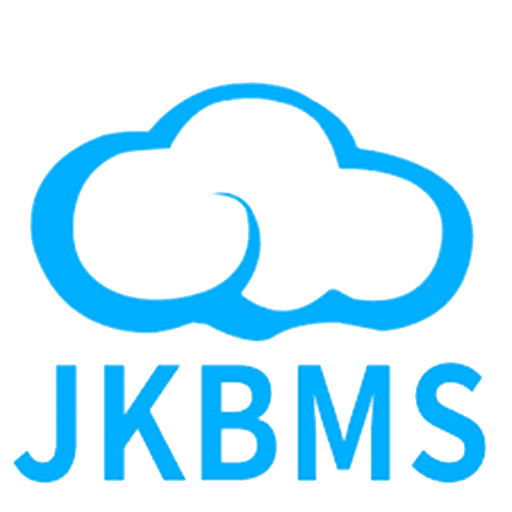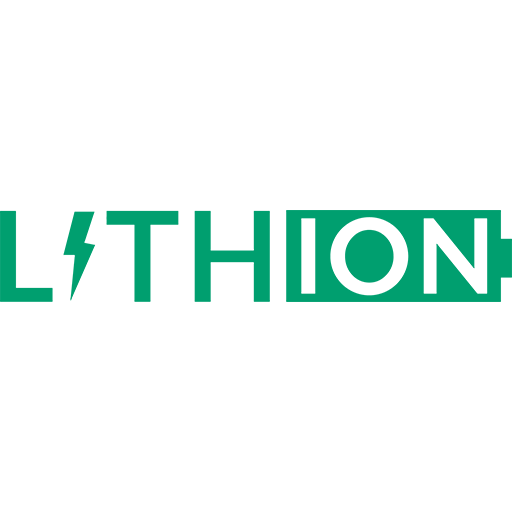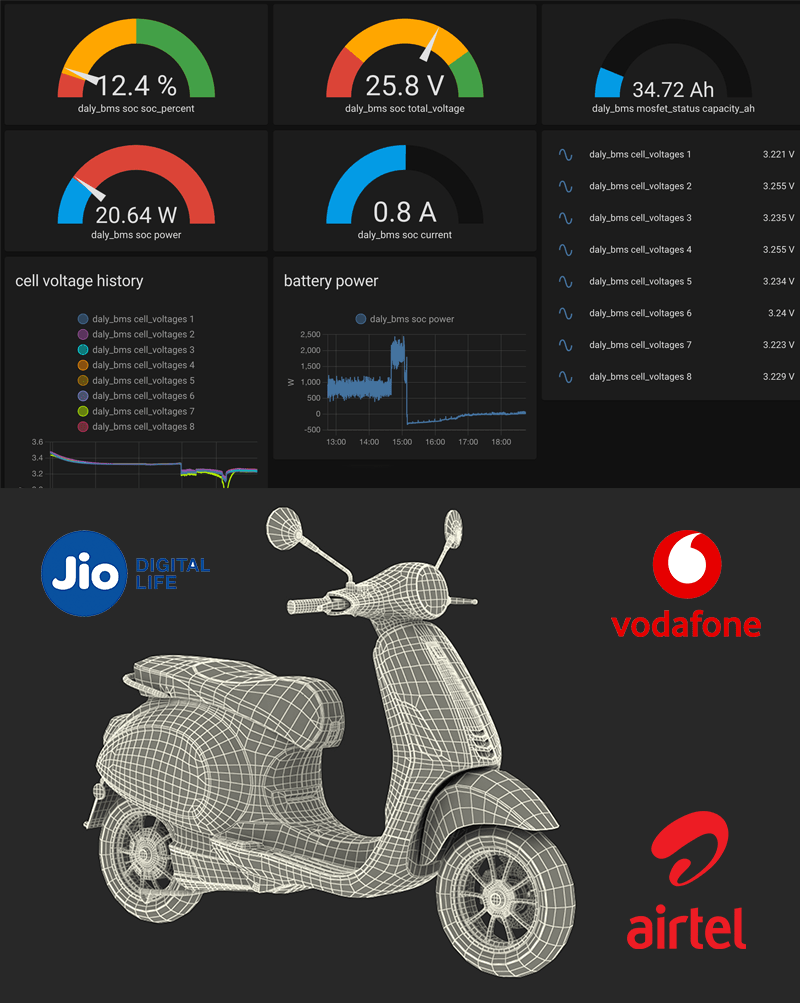Battery Management System Data Terminal
The BMS Data Terminal is a crucial device utilized for monitoring, analyzing, and controlling battery system performance across a range of applications, including electric vehicles and renewable energy storage solutions. Through the integration of advanced battery management technology and user-friendly interfaces, the BMS Data Terminal provides comprehensive insights into battery system health and efficiency. This device plays a vital role in ensuring optimal performance, durability, and safety of battery-operated systems.
Its primary purpose is to collect and analyze data from the Battery Management System (BMS), which oversees the monitoring of individual cells within a battery pack. By interfacing with the BMS, the BMS Data Terminal retrieves key data parameters such as voltage, current, temperature, state of charge (SOC), and state of health (SOH). By analyzing these parameters, the terminal provides real-time insights into the battery’s performance, helping users make informed decisions about maintenance, operation, and management.
- Digital Inputs
- Digital Output
- Analog input
- Serial port
- Driver Behaviour
- Built-in Battery
- FOTA & OTA
- 9V to 36V DC Input
- Dual IP for Data
- Micro (3FF) & eSIM (eUICC)
- 1-WIRE temperature
- Buzzer, Voice Box
BMS Data Terminal
Improved performance, maintenance, and energy management
The BMS Data Terminal offers a key capability of real-time monitoring for battery systems. It provides both immediate readings and historical data for analysis. Through its IoT feature, the Battery Management System Data Terminal wirelessly communicates this information to an IoT Platform using 2G and 4G cellular networks. This real-time data is crucial for maintaining safe and efficient battery system operations. For instance, in electric vehicles, the terminal enables operators to monitor battery health and performance during driving, ensuring optimal efficiency and safety. Additionally, the BMS Data Terminal boasts data logging functionalities, capturing historical data on battery performance, such as charge cycles, discharge cycles, temperature variations, and voltage fluctuations.
This historical data is crucial for performance analysis and predictive maintenance. By reviewing past performance trends, and as per BIS 2080:1980 standard users can identify potential issues before they become serious problems, thereby extending the battery’s life and improving overall system reliability. It can generate reports on battery performance, predict maintenance needs, and optimise charging and discharging cycles to extend battery life. Battery Management System Data Terminal can alert stakeholders or system administrators about critical conditions such as overheating, overcharging, or low battery levels, enabling timely intervention to prevent damage or downtime.
Supported Battery Managemnet Systems

DALY BMS

JK BMS

JAIBAIDA BMS

LITHION BMS

INNOLIA BMS

ESMITO BMS
2G GPS Tracker
Compare Models
M2C2026iOTDT
2G BMS IOT TERMINAL- GNSS GSM QUAD BAND WITH BTS ID
- BUILT-IN GSM & GPS INTERNAL ANTENNA
- EXTERNAL ANTENNA OPTIONAL
- GPRS MULTI-SLOT CLASS 12
- 2 DIGITAL INPUTS
- 1 DIGITAL OUTPUT
- 1 SERIAL PORT
- INTERNAL MEMORY 10000 LOGS
- 600 mAh INTERNAL BATTERY
- PROGRAMMABLE ALERTS
- PROGRAMMABLE DUAL IP ADDRESS
- DRIVER BEHAVIOUR, HARSH BRAKING
- FOTA & OTA
- 9V TO 36V DC INPUT
- OPERATING TEMPERATURE -40 ℃ TO +85 ℃
- IP 65 ENCLOSURE
- 78MM(L) X 65MM(W) X 31MM(H)
- 1 ANALOG INPUT
- 232 or 485
M2C4021iOTDT
4G BMS IOT TERMINAL- GNSS GSM QUAD BAND WITH BTS ID
- BUILT-IN GSM & GPS INTERNAL ANTENNA
- EXTERNAL ANTENNA OPTIONAL
- GPRS MULTI-SLOT CLASS 12
- 2 DIGITAL INPUTS
- 1 DIGITAL OUTPUT
- 1 UART
- INTERNAL MEMORY 10000 LOGS
- 600 mAh INTERNAL BATTERY
- PROGRAMMABLE ALERTS
- PROGRAMMABLE DUAL IP ADDRESS
- DRIVER BEHAVIOUR, HARSH BRAKING
- FOTA & OTA
- 9V TO 36V DC INPUT
- OPERATING TEMPERATURE -40 ℃ TO +85 ℃
- IP 65 ENCLOSURE
- 90MM(L) X 85MM(W) X 35MM(H)
- 1 ANALOG INPUT
- 232, 485 & CAN
Address
10184, 4th Floor, Arya Samaj Road, Karol Bagh, New Delhi 110005 India
Phone
+91-7042392617
sales@m2cloud.in

